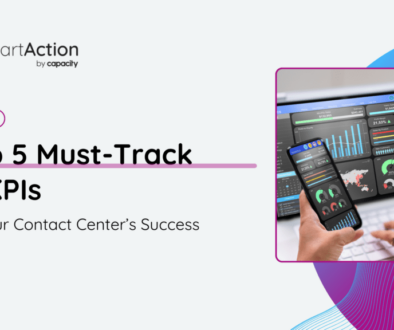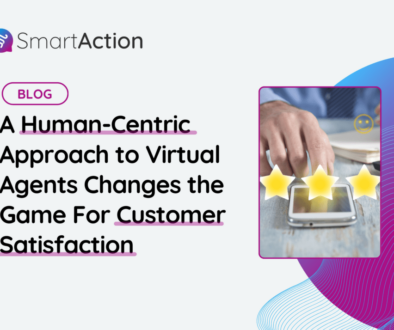Human-Centered Design is the Heart in Intelligent Virtual Agents
Let’s set the scene.
Our friend Alex is enduring a lot of stress at one time; He’s unable to get his car working and has somewhere to be. Relief is just on the horizon of the phone call he’s placed — that relief being roadside assistance coming to the rescue with a jump or a tow. It takes the “smart” virtual agent a whole minute to ask him what’s wrong. The robotic voice interrogates with no empathy. There’s no personalization, no reassurance that they’re there to support and resolve. The encounter is, to put it simply, unpleasant. Having to fumble through his wallet for a membership ID is the icing on the cake.
It’s obvious that when a customer calls into customer service, they’re calling in as they experience a feeling. It’s oftentimes negative and from the point of tension. Friction within those first few critical moments of interaction intensifies that tension. Robotic voice, lack of personalization, asking the wrong questions or questioning too much, having to repeat themselves, and having no emotional understanding — Customers need to be reassured that a virtual agent is knowledgeable enough to help. The way to convince them is with human-centered design when mapping out your call flow.
How do you build intelligent virtual agents that won’t experience the dreaded bypass of “0 for operator”?
Trade the robotic voice for a natural one.
Natural inflections and tones begin the process of humanizing a virtual agent. Being less robotic takes the poor taste left in customers’ mouths everywhere that have suffered through years of machines poorly imitating humans and automatically puts them at a little more ease.
Add personalization.
Using the database to collect information like first and last name and implementing that into the call flow makes a customer feel like they are the priority at that moment, and the virtual agent is there to alleviate their issue(s).
Include empathy to begin relieving tension.
By adding an empathetic response like “I’m sorry you’re having trouble,” you’re layering the human touch. Doing so comforts a customer and lets them know that a virtual agent can meet their needs without speaking to a human.
Taking all of that into consideration, we redesigned the conversation with Alex and roadside assistance. It went from being devised for the needs of the roadside assistance provider to being conscious of and focused on the caller’s needs. It also reduced the handle time down in half with a few changes.
The virtual agent:
- Addressed Alex sympathetically upfront by apologizing for trouble he’s experiencing and making sure he’s in a safe location — empathetic responses a human would have towards another
- Gave before it took by telling Alex it was there to get him moving again, showcasing that it is there for his needs
- Confirmed his name rather than asking for it — another example of giving before taking — by pulling it up from the database using his phone number, exhibiting ability and intelligence
- Relieved tension in increments beginning at the 14-second mark rather than 1-minute mark by telling Alex precisely what can be provided to resolve his tension
These few steps show that you’re keeping your customer’s needs and tension in mind at all times of their experience and that the virtual agent is here to help, not hinder their resolution process. To listen to more examples of intelligent virtual agents done right, hear it in action.






